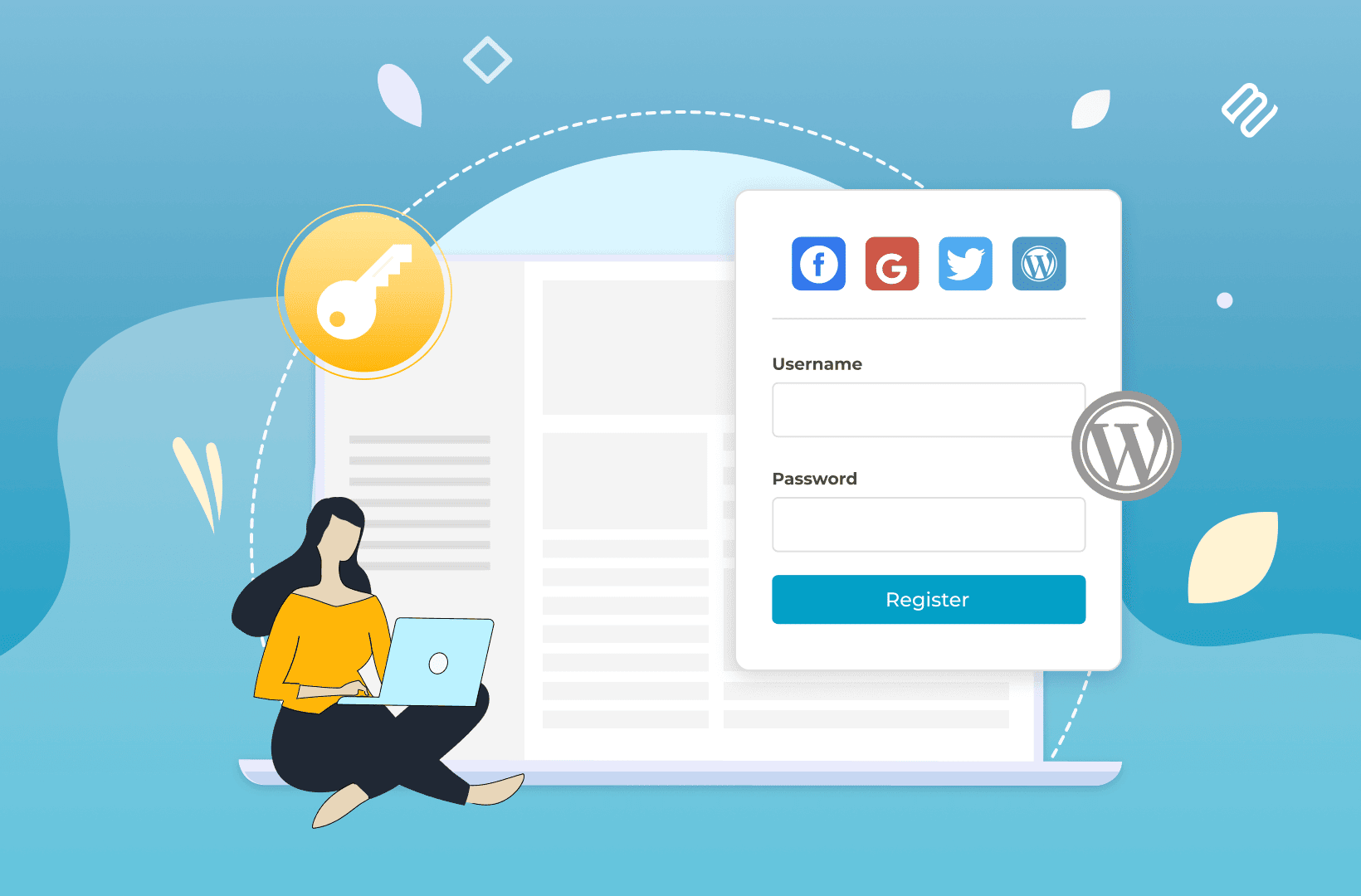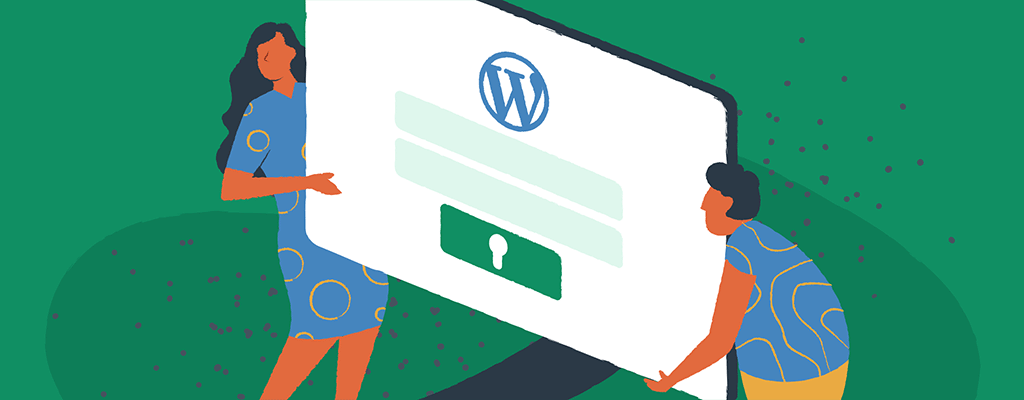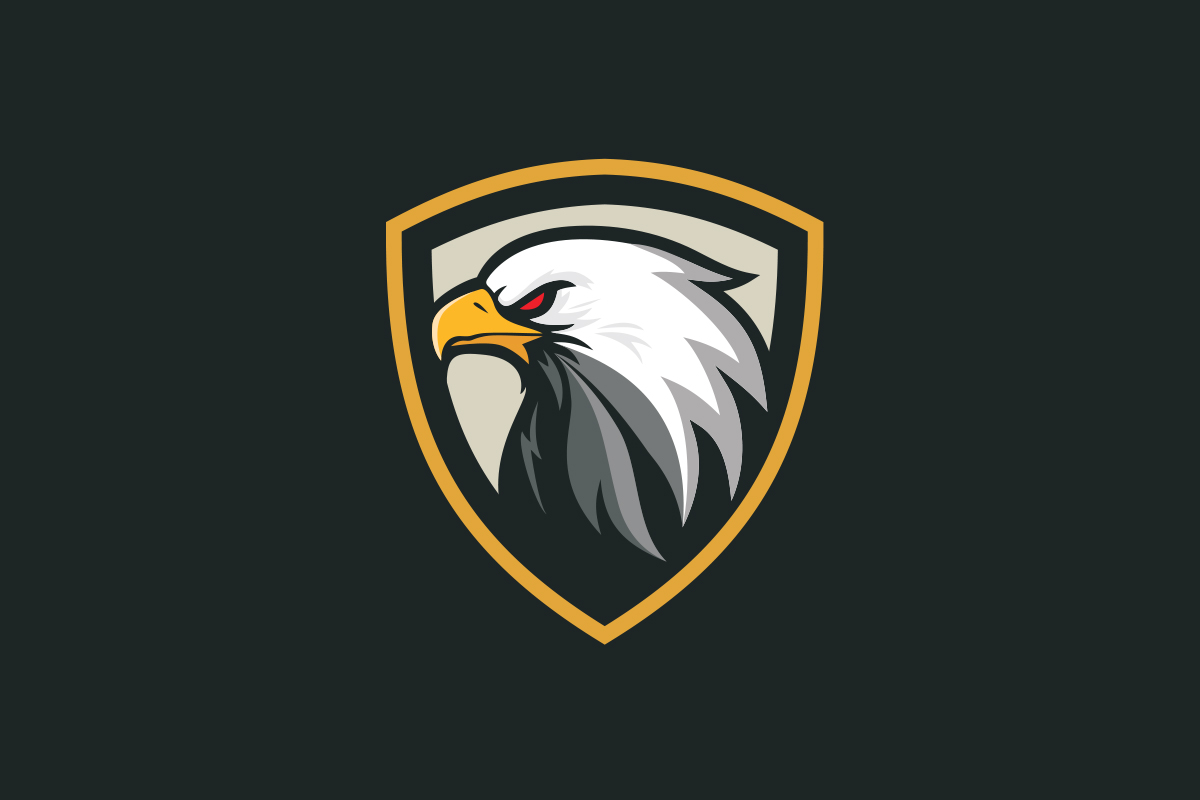
WordPress Login is one of the most popular content management systems (CMS) globally, powering over 40% of all websites on the internet. With its user-friendly interface, extensive customization options, and vast plugin ecosystem, WordPress Login has become the go-to platform for bloggers, businesses, and developers alike. However, one of the first steps to using WordPress Login effectively is mastering the WordPress login process. In this article, we’ll guide you through everything you need to know about WordPress login, from accessing your WordPress Login dashboard to securing your login credentials.
What is WordPress Login?
The WordPress login is the gateway to your website’s backend, where you can create content, manage settings, and customize your site’s appearance. To access the WordPress Login dashboard, users need to enter their username and password on the login page. This page is typically located at yourwebsite.com/wp-admin or yourwebsite.com/wp-login.php.
How to Access the WordPress Login Page
To log into your WordPress Login site, follow these simple steps:
- Open a Web Browser: Open your preferred web browser (like Chrome, Firefox, or Safari).
- Type in Your Website URL: In the address bar, type your website URL followed by /wp-admin or /wp-login.php. For example, if your website is example.com, you would enter example.com/wp-admin.
- Enter Your Username and Password: Once the login page loads, you will see two fields where you need to enter your username and password.
- Click on ‘Log In’: After entering your credentials, click the ‘Log In’ button to access your WordPress Login dashboard.
If you have entered the correct details, you will be directed to the WordPress Login admin dashboard, where you can manage your website’s content and settings.
Common Issues with WordPress Login
While logging into WordPress Login is straightforward, users may encounter several common issues:
- Incorrect Password or Username: If you forget your password or username, you won’t be able to access your dashboard. Fortunately, WordPress Login has a password reset feature. Simply click the ‘Lost your password?’ link on the login page, enter your email address, and follow the instructions to reset your password.
- Locked Out Due to Too Many Failed Attempts: WordPress Login security plugins often have features to prevent brute force attacks by locking out users after a certain number of failed login attempts. If you find yourself locked out, you may need to wait for the lockout period to expire or contact your website administrator to unlock your account.
- Cookies Not Enabled: WordPress Login requires cookies to be enabled in your browser to log in. If you see a message about cookies, check your browser settings and make sure cookies are allowed.
- Server Issues or Maintenance Mode: Occasionally, server issues or maintenance mode can prevent you from accessing your login page. If you suspect server issues, check with your hosting provider.
Securing Your WordPress Login
Securing your WordPress login is crucial to protecting your website from unauthorized access and potential threats. Here are some tips to enhance the security of your WordPress login:

- Use a Strong Password: Your WordPress Login password should be complex and unique, combining upper and lower case letters, numbers, and special characters. Avoid using common words or easily guessable information like your name or birthdate.
- Enable Two-Factor Authentication (2FA): Two-factor authentication adds an extra layer of security by requiring you to enter a code sent to your phone or email in addition to your password. Many security plugins, such as Wordfence or iThemes Security, offer 2FA features.
- Limit Login Attempts: By default, WordPress Login allows unlimited login attempts. Limiting login attempts can prevent brute force attacks, where hackers try numerous combinations to guess your password. Security plugins like Login LockDown or Limit Login Attempts Reloaded can help you configure this setting.
- Change the Default Login URL: Hackers often target the default WordPress login URL (/wp-admin or /wp-login.php). By changing this URL, you can reduce the risk of attacks. Plugins like WPS Hide Login make it easy to change your login URL to something less predictable.
- Use HTTPS: Secure your website with an SSL certificate to encrypt data transferred between the browser and server. This encryption makes it harder for hackers to intercept your login credentials. Most hosting providers offer free SSL certificates through services like Let’s Encrypt.
- Keep WordPress Login Updated: Regularly update WordPress Login core, themes, and plugins to patch any security vulnerabilities. An outdated WordPress Login installation can be a gateway for hackers.
Managing User Roles and Permissions
WordPress Login allows you to assign different roles to users, each with varying levels of access. Understanding these roles can help you manage permissions effectively and keep your website secure:
- Administrator: The highest level of access, allowing full control over the site, including installing plugins and themes, managing users, and editing content.
- Editor: Can edit, publish, and delete any posts or pages, including those written by other users. However, they cannot manage plugins or themes.
- Author: Can write, edit, and publish their posts but cannot edit or delete posts created by other users.
- Contributor: Can write and edit their posts but cannot publish them. Their posts must be approved by an Editor or Administrator.
- Subscriber: Can only manage their profile and cannot write or publish posts.
Assign roles carefully to ensure users have the necessary access without compromising security.
Troubleshooting WordPress Login Issues
If you’re unable to access your WordPress Login dashboard despite entering the correct credentials, consider the following troubleshooting steps:
- Clear Browser Cache and Cookies: Sometimes, outdated or corrupted browser data can cause login issues. Clear your cache and cookies and try logging in again.
- Disable Plugins via FTP: A conflicting plugin can prevent login. To test this, access your site via FTP, navigate to the wp-content/plugins directory, and temporarily rename the plugins folder. If you can log in after this, a plugin was likely the issue. Reactivate plugins one by one to identify the culprit.
- Check File Permissions: Incorrect file permissions can cause login problems. Ensure your WordPress Login files and folders have the correct permissions (usually 644 for files and 755 for directories).
- Edit wp-config.php: If you’re experiencing a white screen or internal server error, try adding the following line to your wp-config.php file to enable debugging: define( ‘WP_DEBUG’, true );. This will help you identify any errors causing the issue.
- Contact Your Hosting Provider: If all else fails, contact your hosting provider. They can check server logs and settings to identify any server-side issues affecting your login.
Conclusion
Mastering the WordPress login process is fundamental for anyone looking to build and manage a WordPress Login site. By understanding how to access your login page, securing your credentials, managing user roles, and troubleshooting common issues, you can ensure a smooth and secure experience. Always prioritize security to protect your site from unauthorized access and keep your WordPress Login installation updated to mitigate potential vulnerabilities. With these tips, you’re well on your way to becoming a WordPress Login pro!








